Even in her lifetime, people had a habit of overlooking the talent of Bronislava Nijinska. Her famous brother Vaslav Nijinsky initially refused to recommend her to his lover Sergei Diaghilev when the impresario was signing up dancers for the 1909 Paris season of Ballets Russes. He didn’t introduce her to his friends, either and – in what can only be seen as an act of cruelty – took away her roles in the ballets she had helped him create.
Diaghilev himself, whom she regarded as a father figure, treated her with something like disdain, declaring: ‘I cannot have two geniuses of the dance from one family’, and asked her to dye her hair red ‘and dress more like a ballerina’. Even when she was the company’s leading choreographer, her face was omitted from the souvenir programmes. ‘Poor Bronislava had no luck with Diaghilev,’ Stravinsky said. Her ‘sex, looks and name were against her’.
Throughout a long and productive career, so it went on. While some people recognised her worth, others ignored her. When she died in 1972, aged 81, in California, which had become her home, the Timesand the New York Times ran long, adulatory obituaries; but the Los Angeles Times published only an unsigned death notice, full of factual errors.
Yet Nijinska was, as Lynn Garafola argues in her introduction, ‘an architect of 20th-century neoclassicism’ and ‘a pioneer of the modern tradition in ballet’, whose career deserves attention ‘not only because of her accomplishments as a choreographer, teacher and dancer but also because it challenges the familiar grand narrative of 20th-century ballet history in the West’. That is what, in this ‘first book-length study of ballet’s premiere female choreographer’, the professor emerita of dance at Barnard College, Columbia University sets out to provide.
It’s an engrossing book, which gives full weight to an extraordinary life, but which also, as a subsidiary theme, questions how much Nijinska’s gender and her reluctance to play the game contributed not only to her neglect but also to the sheer, grinding relentlessness of her career.
Even Frederick Ashton, who adored her, and whose decision to ask her to mount her two most significant Diaghilev-era works, Les Noces and Les Biches,for the Royal Ballet in the 1960s did so much to cement their reputation, couldn’t quite record unequivocal praise. After borrowing £5 to go to audition for Nijinska at Les Ballets de Madame Ida Rubinstein, he was thrilled to be accepted. ‘Nijinska is a wonderful woman… her efficiency is overwhelming and her knowledge and vitality something quite superhuman and inspiring,’ he wrote to Marie Rambert, before adding: ‘She is a beautiful dancer, and a dancer above all her ugliness.’
This theme of Nijinska’s ugliness is one that sounds throughout Garafola’s exhaustive examination of the twists and turns of her subject’s working life as she negotiated a world of dance full of many ‘international’ companies, inspired and sustained by the post-revolutionary Russian ballet diaspora. Nijinska wasn’t unattractive, as photographs attest, but she was never beautiful, with short legs and a powerful body that enabled her to jump almost as prodigiously as her brother. Rosella Hightower, one of many dancers she influenced, described her when she was in her late fifties as ‘dumpy’ and ‘a little fat’, but with ‘beautiful eyes, piercing eyes’.
She smoked all the time. When she was creating Le Train Bleu with Jean Cocteau in 1924, a witness recalled how the cigarette never left her lips, its smoke following the ‘prodigious speed’ of her jumps and turning ‘like a perfumed wake’.
The effect of her appearance was intensified by her rages, and her notoriously demanding teaching and rehearsal techniques. Yet the dancer Irina Baronova commented: ‘Underneath the often-displayed horrid bad temper there lurked a tender heart.’ Garafola notes that Nijinska’s paranoia may have been justified. As a woman in a male-dominated world, her choreographic contributions, and even her sense of self, were often undermined:
Her stubbornness, her unwillingness to compromise, grew out of a sense of impending loss she always carried with her… She felt surrounded by enemies, people ready to pull the rug from under her feet, to destroy her art and her means of making a living.
The need to earn money, all the time, is the other theme that rolls through the book. From 1918, when Nijinska was trying to keep her own company afloat in a Kyiv in the grip of war (she was eventually forced to flee from the Chekists) to towards the end, when she is working for the Grand Ballet du Marquis de Cuevas in the 1950s, she was always desperate for funds. Abandoned by her first husband, she had a mother and two children to keep afloat. Her second husband, the hapless Nicola Singaevsky, followed her around like a puppy and was entirely dependent on her financially. Poverty often forced her into poor decisions, and she never stopped anywhere long enough fully to build on the radical ideas of dance that she held throughout her life. As Garafola writes of her movements in the second world war: ‘She had worked with all the major ballet companies of the period, but formed a permanent tie with none.’
Work separated her from her family too. Her life was pocked with tragedy. Her brother, in and out of mental asylums for three decades, died in 1950; she had not seen him for 12 years before his death and did not attend his funeral. Her son Léo was killed in a car crash when the family were on holiday in France in 1935. ‘Nijinska spoke to no one,’ Garafola writes. ‘She never wrote about Léo’s death or alluded to it publicly. It was a private grief, endured in silence.’
So much of Nijinska’s life seems to have involved bearing misery alone. In her late teens, she conceived a passion for the singer Fedor Chaliapin, a charmer and womaniser, who gave her her first kiss but was warned off by Diaghilev and Nijinsky, and then to all intents and purposes seems to have forgotten about her. Yet for decades Nijinska filled her diaries with obsessive longing for him, linking that feeling of passion with the moment of her birth as an artist and as a woman. Garafola remarks: ‘Even if Chaliapin inspired her art, he also diminished it by withholding his validation.’
It is the art that is the ultimate subject of Garafola’s book, and she does a triumphant job of reasserting its importance and recreating its impact. So few of Nijinska’s works survive that is good to be reminded of just how significant many were when they were first seen, and how wide her influence was on succeeding generations.
In 1954, when Richard Buckle mounted his legendary exhibition about Diaghilev, Nijinska was the only one of Diaghilev’s major choreographers whose name did not appear on Buckle’s Committee of Honour, and two of her works were omitted from the chronology. ‘It is hard to resist the conclusion that being a woman had something to do with this,’ Garafola comments wryly. After this comprehensive biography, it is unlikely that such an omission will ever happen again.
Got something to add? Join the discussion and comment below.
Get 10 issues for just $10
Subscribe to The Spectator Australia today for the next 10 magazine issues, plus full online access, for just $10.
You might disagree with half of it, but you’ll enjoy reading all of it. Try your first month for free, then just $2 a week for the remainder of your first year.

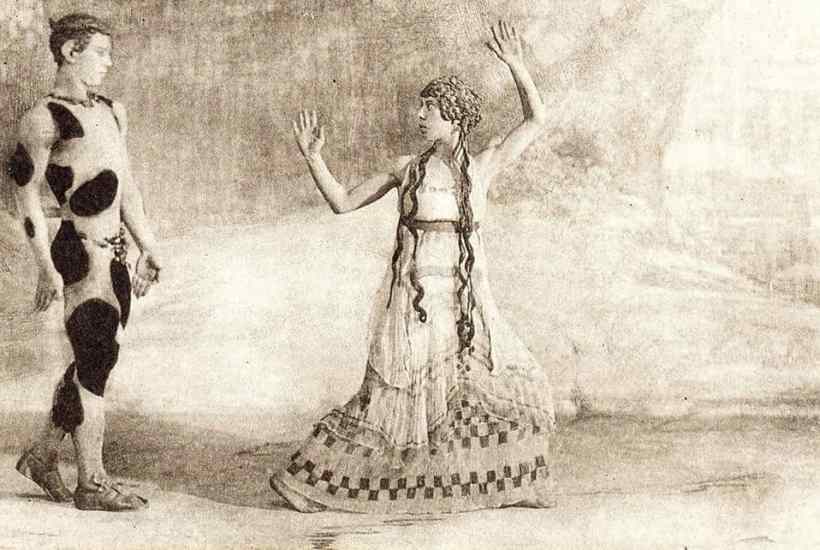
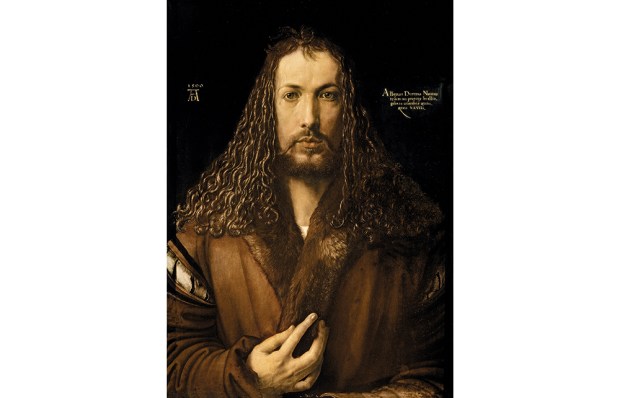
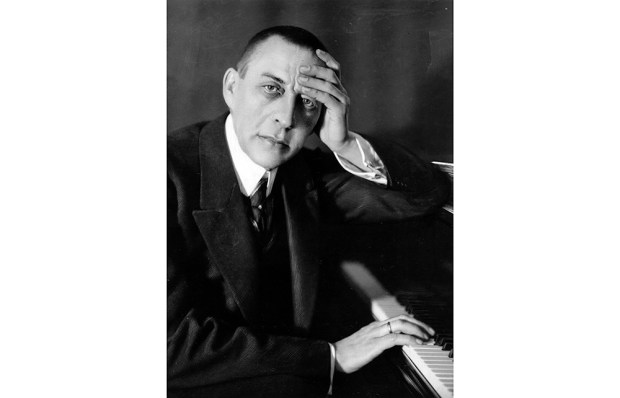
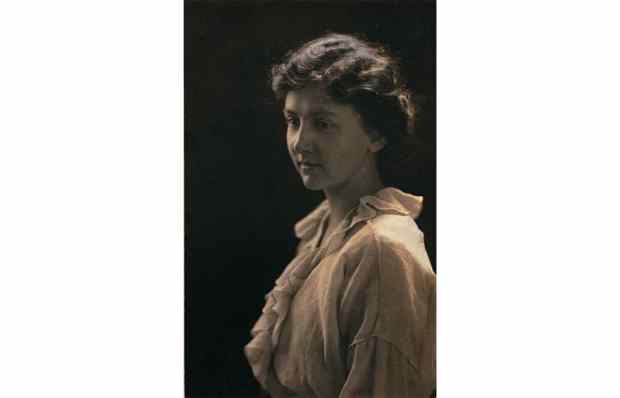
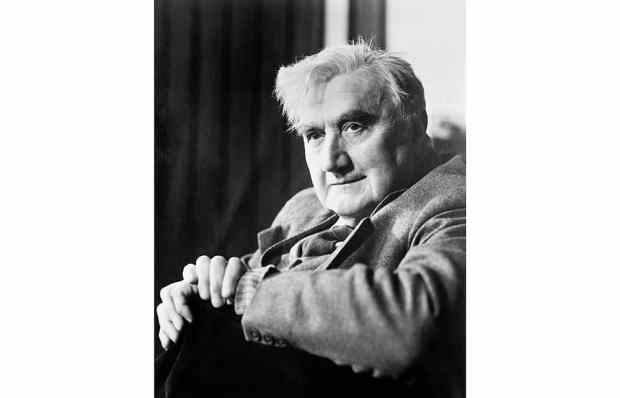
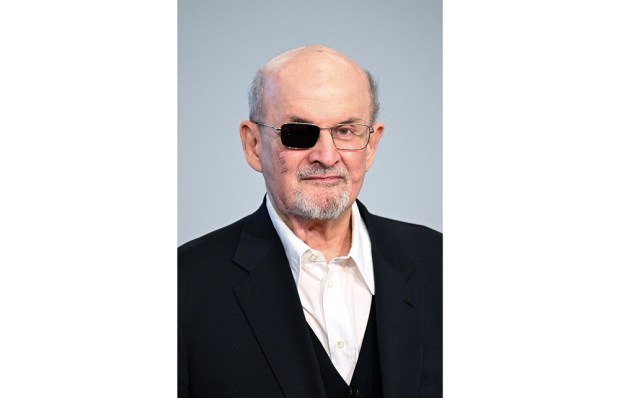
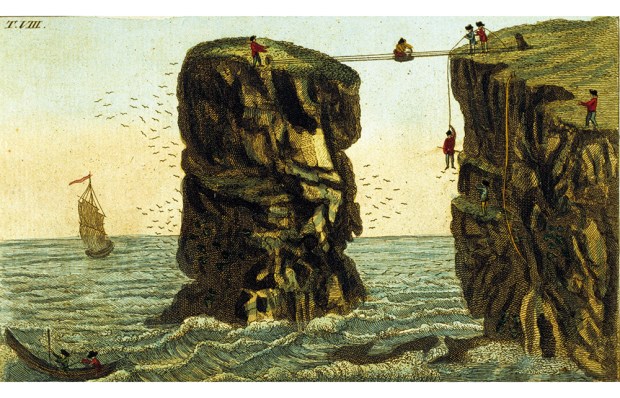






Comments
Don't miss out
Join the conversation with other Spectator Australia readers. Subscribe to leave a comment.
SUBSCRIBEAlready a subscriber? Log in